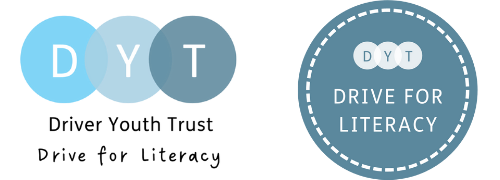How important is it to get an official dyslexia diagnosis?
10/10/2016

Does it help or hinder to label a child as dyslexic? Nancy Gedge explores the pros and cons…
One of the things that parents often want, and one of the things that teachers resist, is the application of labels concerning the learning needs of children. This is because labels have a variety of functions, and they don’t always serve the needs of the child.
- Explanation
It can be a heart-breaking experience for parents, when they watch their child begin to falter and then struggle at school, for no apparent reason. One of the problems with a learning difficulty, such as dyslexia, is that it doesn’t come with a sign, such as a plaster cast on a broken leg; there is nothing on the outside to show what is going on inside.
When this happens, and especially if the behaviour of the child in question takes a tumble, parents can find themselves in the double bind of not only wondering, and worrying, about what may be going on with their child, but also receiving a fair dollop of blame. Late bedtimes, a lack of routine or familial discipline and a lack of support for the school are all reasons that are bandied about and often land at the feet of concerned parents.
- Understanding
When the people surrounding a child with literacy difficulties, both family members and education professionals, understand that there is a specific learning difficulty at play, it changes how they react to them. Instead of regarding them as ‘lazy’ or ‘lacking in motivation’ or any other permutation of ‘bad’ or ‘naughty’, they see them as someone who needs help to overcome barriers to learning. Changing the mindset from blame towards understanding can have subtle but powerful consequences. (See our film on what does dyslexia feel like here).
- Passport
Sometimes, a diagnosis can be the key to unlocking the funding to additional support. If a child has needs to such a degree that they need additional help in the classroom, or different access arrangements to an exam, then a diagnosis from an education professional such as an educational psychologist or specialist teacher can help.
- Expectations
But beware! Along with the label comes a set of stereotypes that adults, no matter what their good intentions, subconsciously buy into. It might be that expectations are lowered, because, after all, what can you expect from a child with that level of learning need? Equally, it could be that expectations in other areas, such as art or drama, are artificially raised. Teachers often unwittingly put a cap on what a child can be expected to learn and achieve simply through the expectations they have of their label – and dyslexia is an old one, with a raft of connotations that those affected don’t necessarily think they share.
- Label, not child
Sometimes, what can happen is that the label becomes so powerful that the teacher, or anyone else who works with the child in an educational setting, becomes so dazzled by what they know (or think they know) about it, that they can stop seeing the child and start teaching the label instead.
A diagnosis such as dyslexia covers a wide range of possible learning needs, which the teacher, together with the SENCo, needs to attack forensically – and work out what works for each child as they come along. And you don’t need a diagnosis for that.
See more about the Drive for Literacy model here and for graduated response here.

